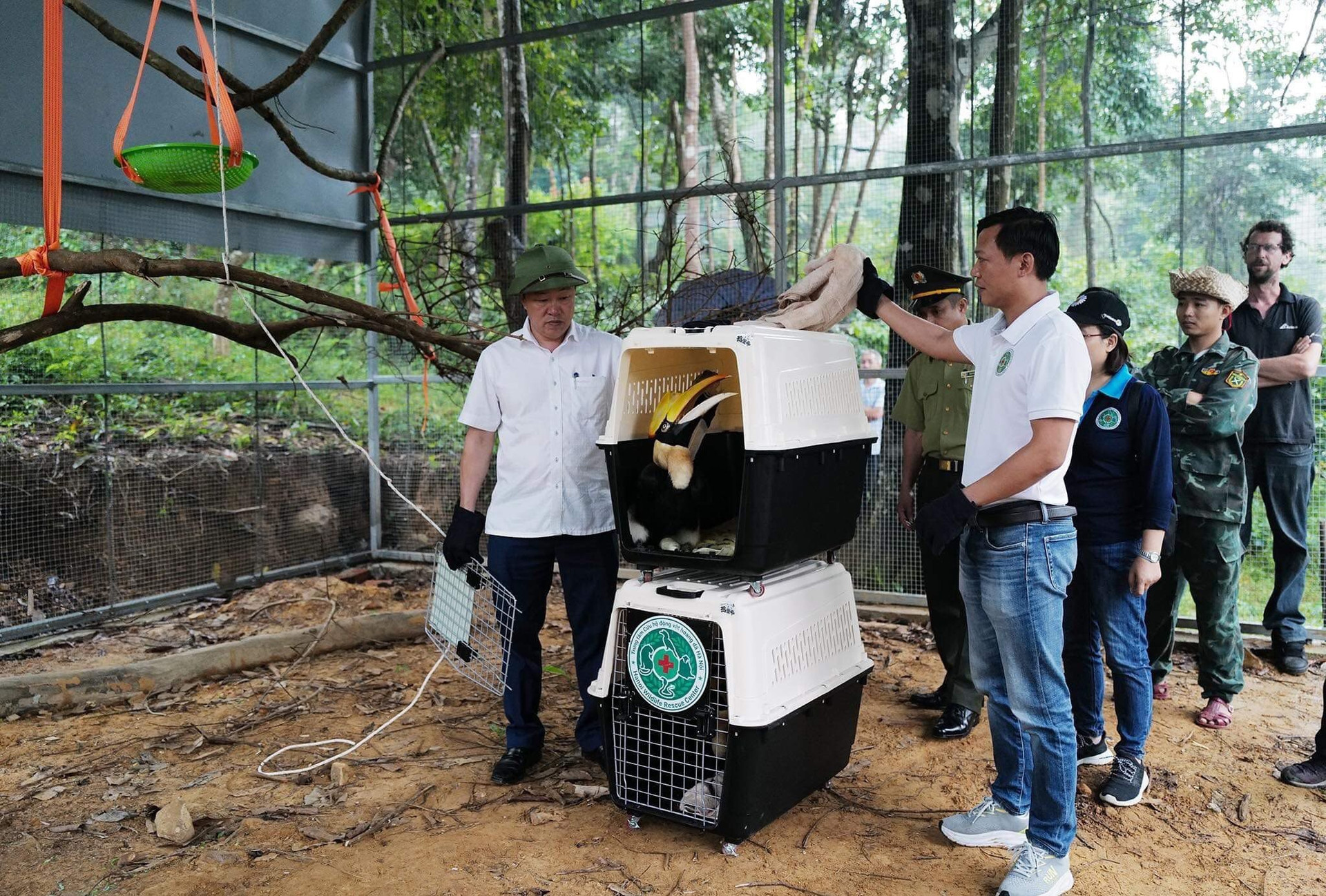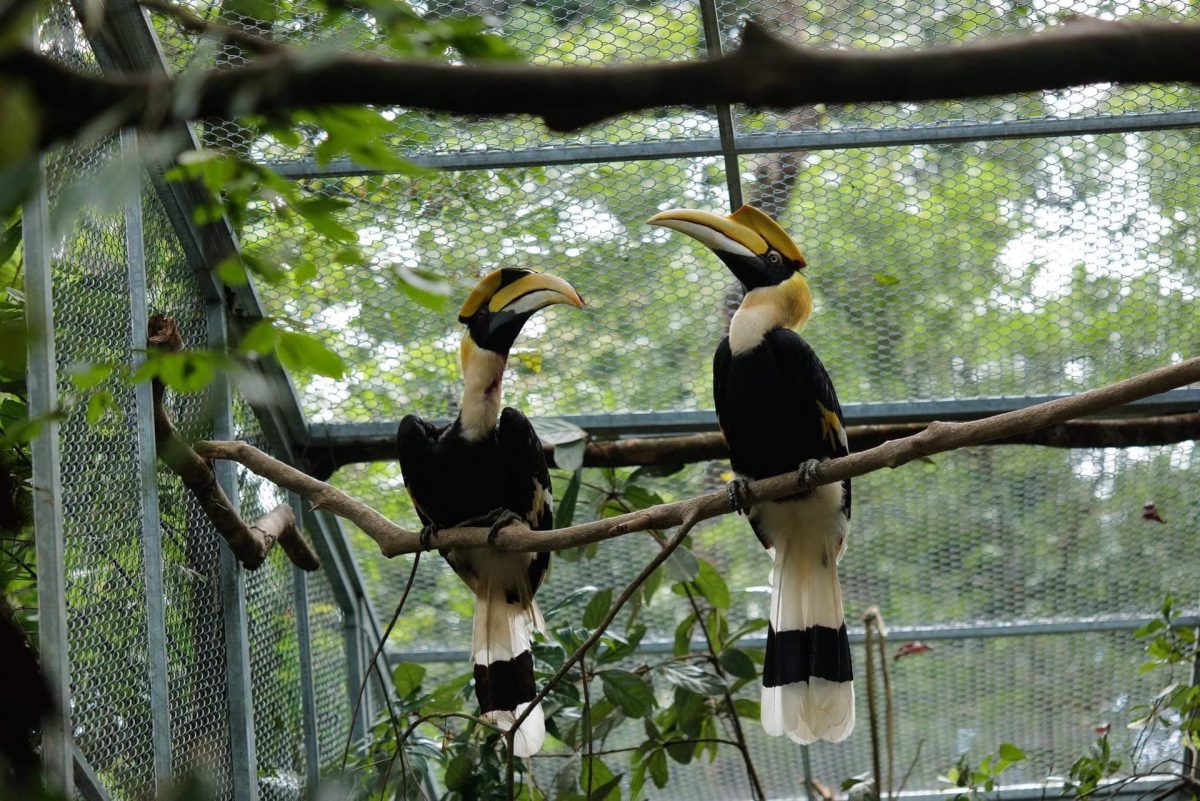Applying Technology to Conserve the Great Hornbill
The Great Hornbill, scientifically known as Buceros bicornis, belongs to the hornbill family. With a weight of up to 4kg and a length of 90-122cm, these birds are typically found in the lowlands and mountainous regions with tropical and subtropical climates in Southeast Asia, India, and southern China. Sadly, this species is now classified as Ib, meaning it’s critically endangered and any commercial exploitation is strictly prohibited.

The Great Hornbill is on the brink of extinction. (Image: Natural Resources & Environment Newspaper)
According to the Wildlife Rescue Center, the illegal trade of Great Hornbills is on the rise. These birds are being sold on the market for up to 30 million VND (Vietnamese Dong) per individual. This has forced authorities to intensify their efforts to protect this species from extinction. The Hanoi Wildlife Rescue Center has been testing solar-powered monitoring devices to track Great Hornbills after their release into the wild.

Hanoi Wildlife Rescue Center releases Great Hornbills back into the wild. (Image: Natural Resources & Environment Newspaper)
Harold Browning from the Wildlife Rescue Center emphasized the importance of using monitoring technology, such as tracking devices, to follow up on rescue efforts and gain a better understanding of the Great Hornbill’s behavior. This technology helps monitor the birds’ survival rate and movement, providing valuable information for designing enclosures that suit their natural behavior and ensuring optimal conditions for rescue.
It’s been reported that the Hanoi Wildlife Rescue Center has rescued, cared for, and conserved 15 Great Hornbill individuals. This marks a significant step forward in efforts to maintain biodiversity and contribute to ecological balance, protecting this precious bird species.








